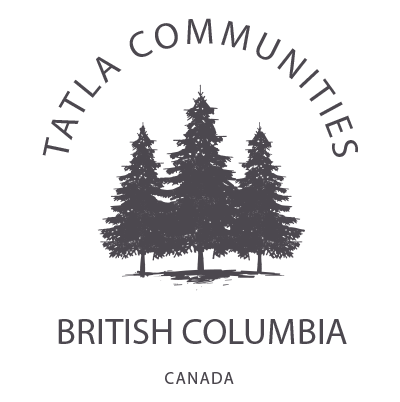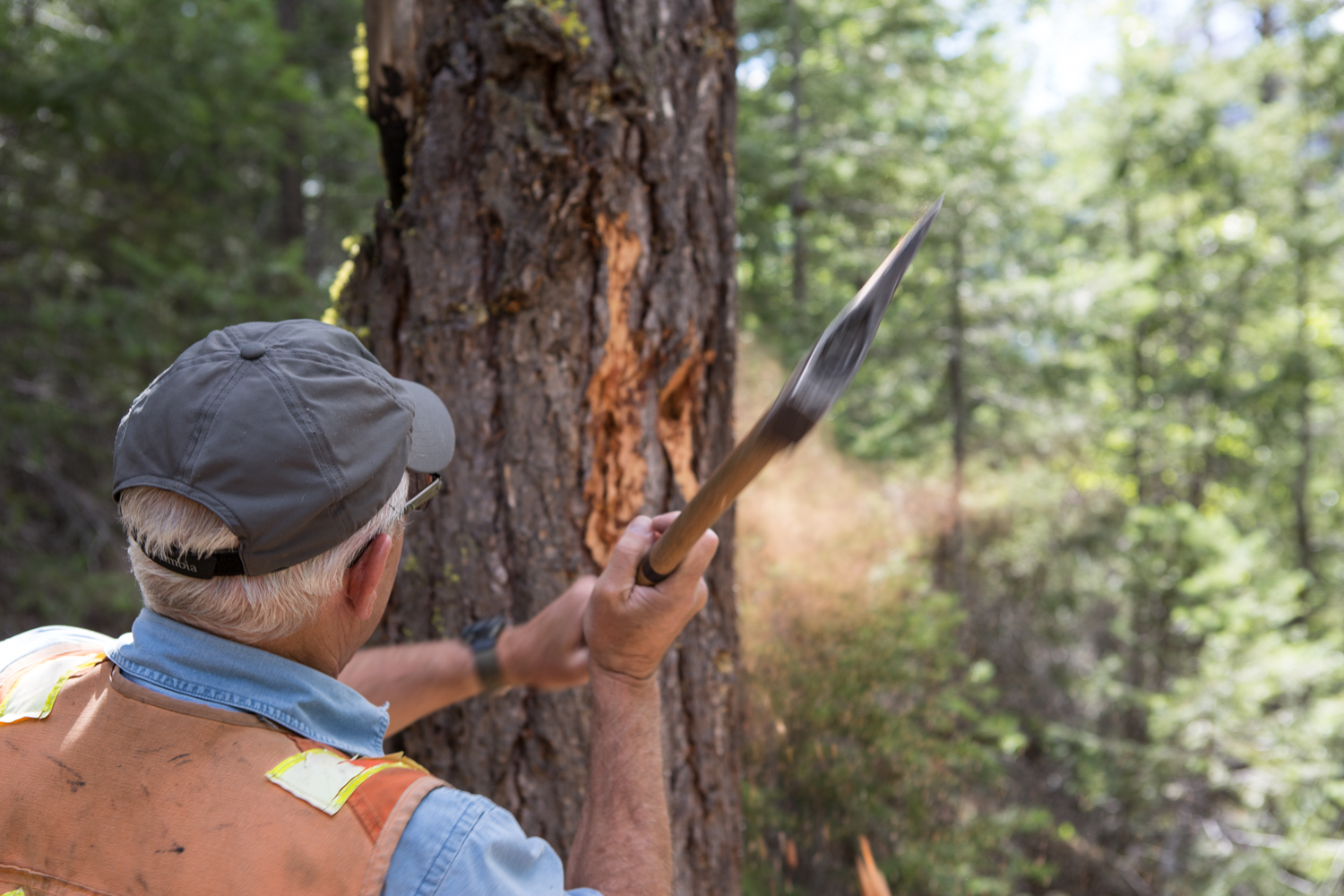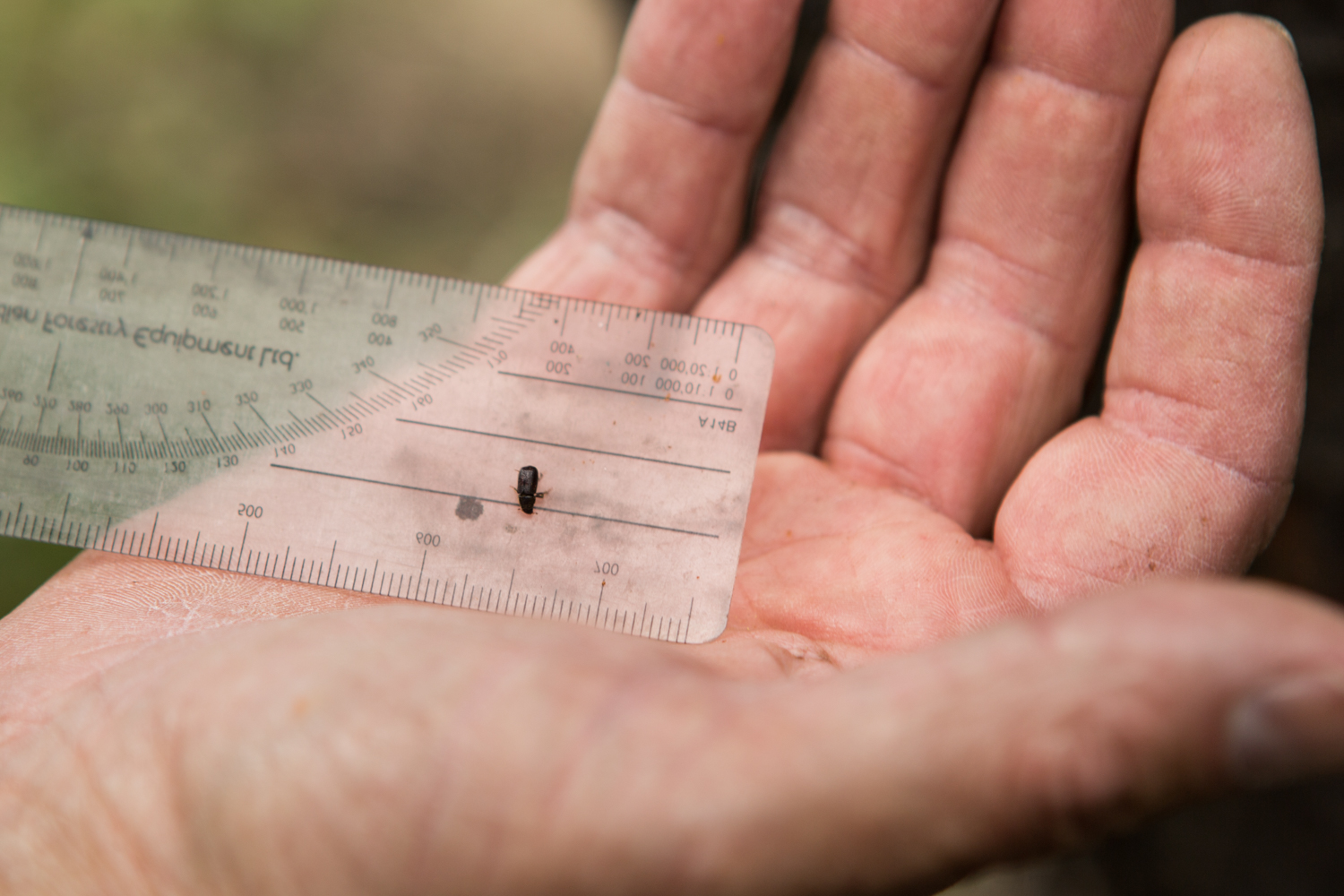The Tatla Resource Association has come together with our neighbours, Alexis Creek Tsi Del Del First Nation, to manage our surrounding forest.
ENIYUD COMMUNITY FOREST (ECF)
Through the Eniyud Community Forest initiative, the Tatla Resource Association (TRA) and Tsi Del Del First Nation endeavor to work together on a sustainable local economy while protecting the biodiversity and natural beauty of the area. This intricate balance is at the heart of our partnership.
The Eniyud Community Forest map can be found here.
an introduction to the eniyud community forest (ecf)
The ECF is a limited company, and an equal partnership between the TRA and Tsi Del Del First Nation, formed in 2007
The ECF is governed by a board of 6 Directors, 3 from each partner organization
The ECF was granted a 25 year renewable forest licence on October 17, 2012
The Annual Allowable Cut (AAC) is 40,000 cubic meters per year, mainly pine and fir forests over an area of approximately 115,000 hectares
Following any logging, all replanting and other silviculture obligations are borne by the ECF
Profits from the ECF are distributed equally as dividends to the two partner communities
More information on Tatla Resource Association and an interview with Dave King, former chairperson of the TRA can be found here.
forest health
Our forests face significant challenges due to climate change, industry, and fire suppression. The long life cycle of evergreens makes it difficult for them to adapt to a rapidly changing environment. Here we speak with Joe Cortese, the Forest Health Consultant, to gain insight on monitoring the health of our surrounding forest.
PLEASE GIVE A BRIEF EXPLANATION OF YOUR ROLE AS THE FOREST HEALTH CONSULTANT.
Forest health deals with things that damage our forests or cause decreased productivity. The main groups of biological agents that we are concerned with are insects and diseases. As a consultant in this field I am usually concerned with either bark beetles or defoliators. These are the two groups of insects that cause the most significant damage in our forests. My job involves surveying for damage and in some cases implementing treatments to help control insect populations.
WHAT ARE THE MOST SIGNIFICANT CHALLENGES FOR OUR REGION IN TERMS OF FOREST HEALTH?
The most significant challenge today in forest health is dealing with the changes we are seeing in insect and disease incidence brought about by a changing climate. Warmer winters and drier conditions can create favourable conditions for many insects and pathogens. Range limitations on many organisms are changing as the climate warms up and new habitat becomes available that was previously uninhabitable. Our recent unprecedented mountain pine beetle outbreak is clear evidence of a changing environment. Warm winters coupled with a shift in age structure of our pine forests from many years of fire suppression led to a devastating outbreak that killed far more trees than any fires in our recent history.
WHAT CHANGES CAN BE MADE at A COMMUNITY level AND A WIDER POLITICAL level TO SUPPORT FOREST HEALTH?
We can help our forests by putting an emphasis on proactive management that addresses problems when they are small and manageable. Unfortunately there has been a movement in government to offload some of this management to the major licensees. It is expensive to take care of the forest and the returns are sometimes not immediately obvious. If we treated insects and diseases with the same resources that we treat fire our forests would be in much better shape.












